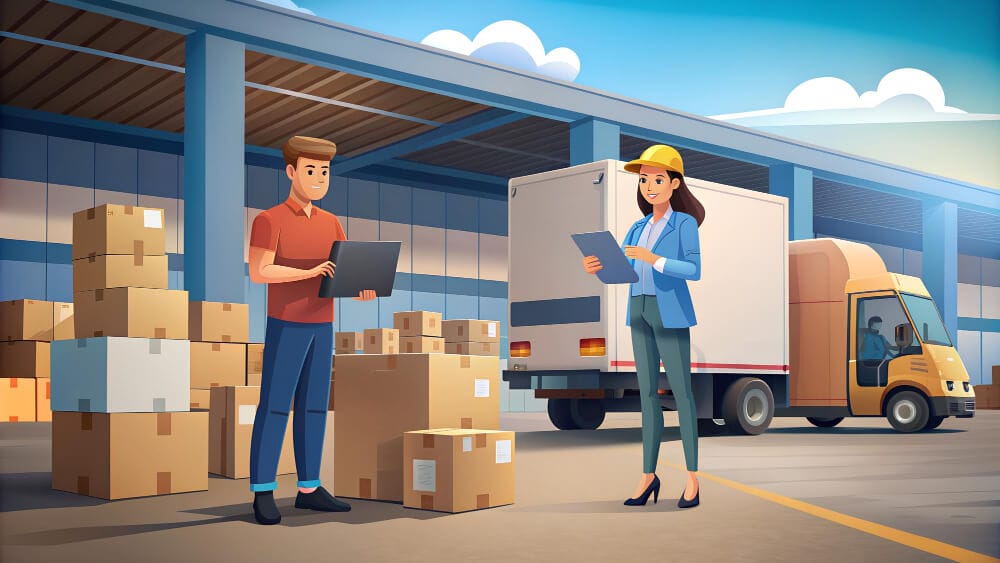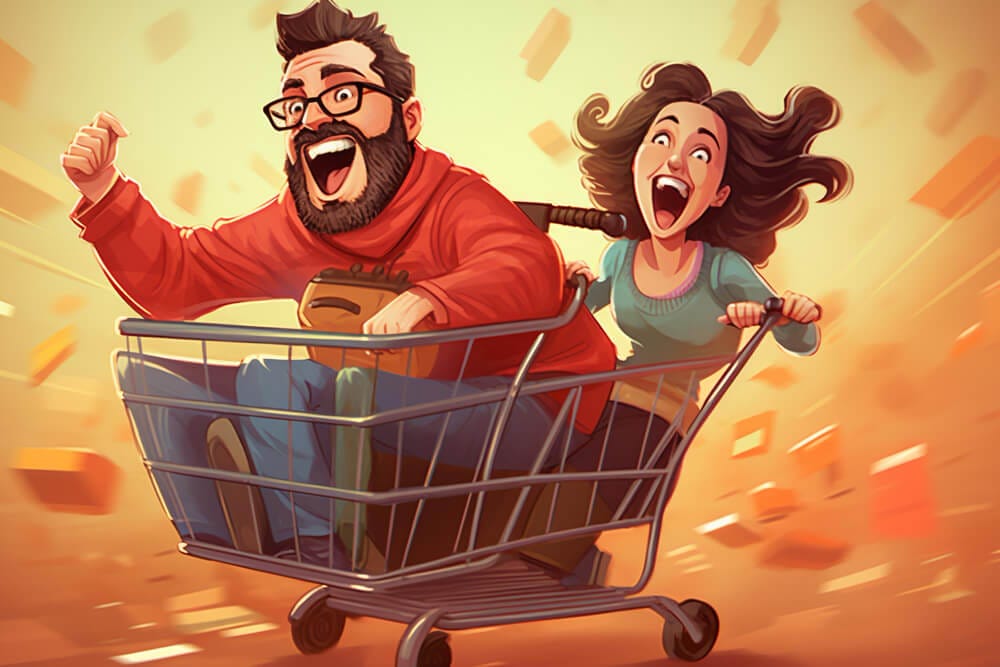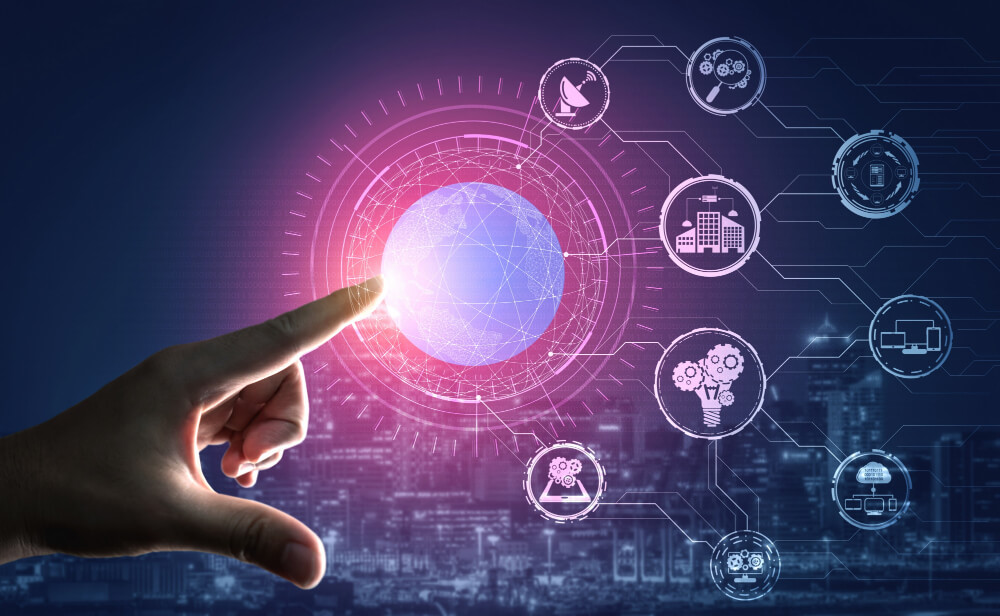Economic growth is a term that gets tossed around a lot, especially in political and financial circles. But what does it actually mean? More importantly, what does it mean for you? While it might sound like a positive thing—who wouldn’t want the economy to grow?—it’s not all sunshine and roses. In this article, we’re going to dig deep into the concept of economic growth, exploring its various facets, and revealing some uncomfortable truths that are often glossed over. So, buckle up; it’s going to be a bumpy ride!
What Is Economic Growth?
Defining Economic Growth
At its core, economic growth refers to an increase in the production of goods and services over a specific period. This is usually measured by the Gross Domestic Product (GDP), which calculates the total value of all goods and services produced in a country. Sounds pretty straightforward, right? But here’s the kicker: GDP doesn’t account for wealth distribution, environmental sustainability, or overall quality of life. So, while the numbers might look good, they don’t always tell the full story.

Why Should You Care?
You might wonder why this even matters to you. Well, economic growth can affect everything from your job prospects to the price of groceries. When the economy is growing, businesses tend to hire more people, and wages might increase. But on the flip side, rapid growth can lead to inflation, meaning your money doesn’t stretch as far as it used to. So, it’s a mixed bag, to say the least.
The Different Types of Economic Growth
Sustainable vs. Unsustainable Growth
Not all economic growth is created equal. Sustainable growth focuses on long-term prosperity, balancing economic, social, and environmental factors. Think of it as a well-balanced diet—you’re not just gorging on fast food, but also getting your veggies. Unsustainable growth, on the other hand, is like binging on junk food. It might feel good in the short term, but the long-term consequences can be disastrous, leading to environmental degradation and social inequality.
Inclusive Growth
Then there’s the concept of inclusive growth, which aims to ensure that the benefits of economic expansion are distributed fairly across society. In other words, it’s not just the wealthy getting wealthier. Unfortunately, in many cases, economic growth has been anything but inclusive, exacerbating income inequality and leaving marginalized communities behind.
The Drivers of Economic Growth
Innovation and Technology
One of the primary drivers of economic growth is innovation. New technologies can boost productivity, making it possible to produce more goods and services with fewer resources. Think about how the internet has revolutionized almost every industry, from retail to entertainment. But here’s a thought: is all technological advancement positive? What about the jobs that get lost to automation? It’s a double-edged sword.
Investment in Infrastructure
Another key driver is investment in infrastructure—roads, bridges, public transport, you name it. Good infrastructure makes it easier for businesses to operate, which can spur economic growth. But again, there’s a downside. Poorly planned infrastructure projects can lead to wasteful spending and environmental damage. It’s not just about building; it’s about building smart.
Human Capital
Let’s not forget the role of human capital—basically, the skills and knowledge of the workforce. Countries that invest in education and healthcare often see more robust economic growth. But there’s a catch: not all education is created equal. Focusing too much on one sector can leave other important areas neglected.
The Dark Side of Economic Growth
Environmental Impact
Here’s where things get really murky. Economic growth often comes at a significant environmental cost. From deforestation to pollution, the quest for more can wreak havoc on the planet. Sure, you might enjoy a booming economy, but at what cost? The air you breathe? The water you drink? It’s a sobering thought.
Social Inequality
As we’ve touched on earlier, economic growth doesn’t always benefit everyone equally. In fact, it can sometimes widen the gap between the rich and the poor. Think about it: while CEOs and shareholders might see their wealth skyrocket, the average worker might only get a modest pay increase. And let’s not even get started on those living in poverty, who often see little to no benefit from economic growth.
The Illusion of Perpetual Growth
The Myth of Infinite Resources
One of the biggest myths surrounding economic growth is the idea that it can continue indefinitely. This notion is based on the assumption that we have infinite resources, which, let’s face it, is ludicrous. Our planet has finite resources, and we’re already seeing the consequences of overexploitation. Just look at the state of our oceans or the depletion of fossil fuels. The idea that we can keep growing forever is not just unrealistic; it’s dangerous.
The Role of Consumerism
Consumerism plays a huge role in driving economic growth. We’re constantly bombarded with messages telling us to buy more, upgrade our gadgets, and never settle for less. But this endless cycle of consumption is not sustainable. It leads to waste, environmental degradation, and, quite frankly, a lot of unnecessary stress. Do you really need the latest smartphone, or is it just another shiny object to distract you?
Globalization and Economic Growth
The Good, the Bad, and the Ugly
Globalization has been a significant driver of economic growth, opening up markets and creating opportunities for businesses worldwide. But it’s not all good news. While some countries have benefited immensely, others have been left in the dust. Moreover, globalization has often led to a “race to the bottom” in terms of wages and working conditions. So, while your cheap t-shirt might seem like a good deal, it’s worth considering the human cost behind it.
Outsourcing and Job Losses
One of the more controversial aspects of globalization is outsourcing. While it can reduce costs for businesses and lower prices for consumers, it often leads to job losses in the countries outsourcing the work. This can have devastating effects on local economies and communities. It’s a classic case of short-term gain versus long-term pain.
Economic Growth and Government Policy
The Role of Monetary Policy
Governments often use monetary policy—like adjusting interest rates—to control economic growth. Lowering interest rates can stimulate borrowing and spending, while raising them can help curb inflation. But these tools are not foolproof. Sometimes, they can lead to unintended consequences, like asset bubbles or economic recessions. It’s a bit like playing with fire; it can be useful, but it’s also risky.
Fiscal Policy and Public Spending
Fiscal policy, which involves government spending and taxation, is another crucial factor in economic growth. Governments can stimulate the economy by investing in public services and infrastructure. However, excessive spending can lead to high levels of public debt, which can be a burden on future generations. It’s a balancing act that requires careful consideration.
The Future of Economic Growth
Sustainable Development Goals
Looking ahead, many experts argue that we need to shift our focus from traditional economic growth metrics to more sustainable development goals. This includes not just economic prosperity but also social equity and environmental sustainability. It’s about creating a world where everyone can thrive, not just the wealthy few.
The Role of Technology
Technology will undoubtedly play a crucial role in shaping the future of economic growth. From renewable energy to artificial intelligence, technological advancements offer both opportunities and challenges. The key will be to harness these technologies in a way that benefits everyone, not just a select few.
The Rise of the Gig Economy
The gig economy, characterized by short-term contracts and freelance work, is another trend that could shape the future of economic growth. While it offers flexibility and new opportunities, it also raises concerns about job security and benefits. As more people enter the gig economy, it will be crucial to find ways to protect workers’ rights and ensure fair compensation.
Conclusion
Economic growth is a complex and multifaceted phenomenon that impacts every aspect of our lives. While it can bring prosperity and opportunity, it also has its dark sides, from environmental degradation to social inequality. As we move forward, it’s crucial to rethink our approach to growth, focusing on sustainability and inclusivity. After all, what good is a booming economy if it’s not benefiting everyone?
FAQs
1. What is economic growth?
Economic growth refers to the increase in the production of goods and services in an economy over a specific period, typically measured by GDP.
2. Is economic growth always good?
Not necessarily. While it can lead to job creation and higher incomes, it can also cause environmental damage and increase social inequality.
3. What are the main drivers of economic growth?
Key drivers include innovation, investment in infrastructure, and human capital development.
4. Can economic growth be sustainable?
Yes, but it requires balancing economic, social, and environmental factors to ensure long-term prosperity.
5. What is the future of economic growth?
The future will likely involve a focus on sustainable development goals, the role of technology, and the challenges and opportunities presented by the gig economy.





